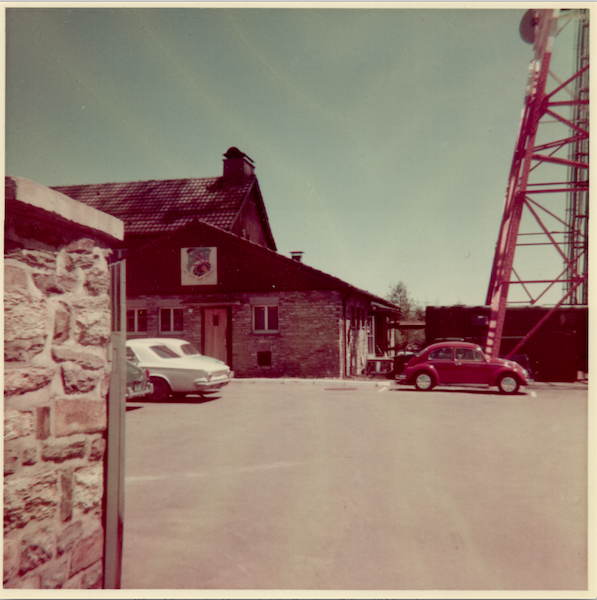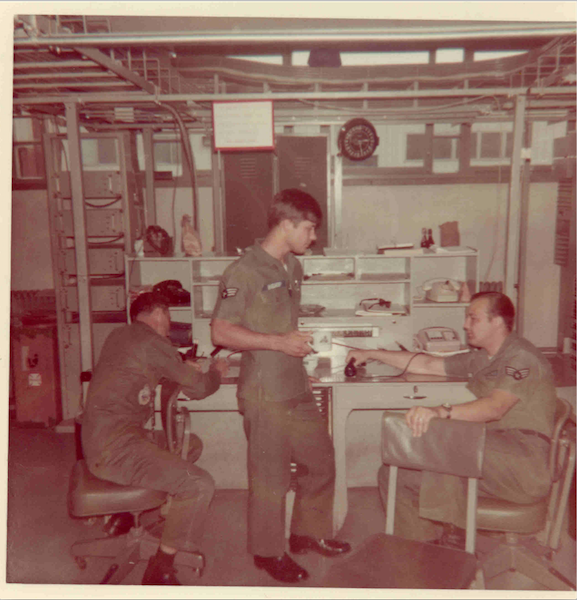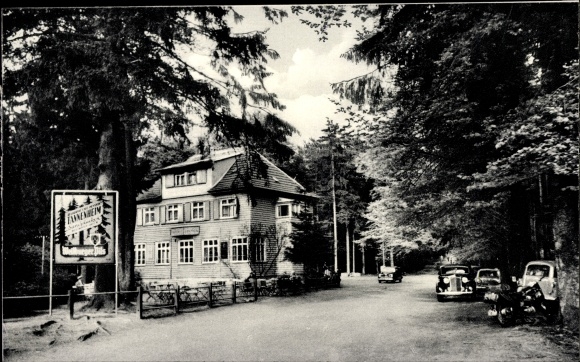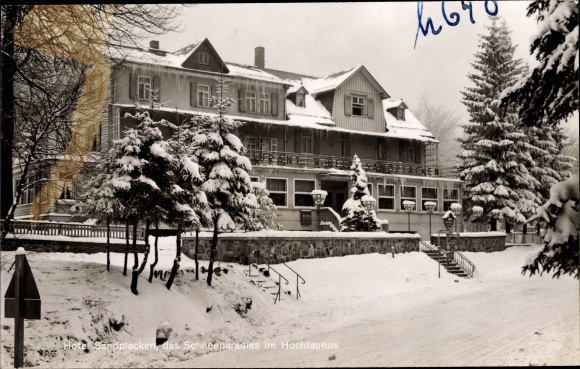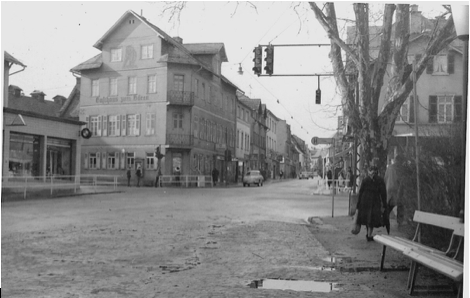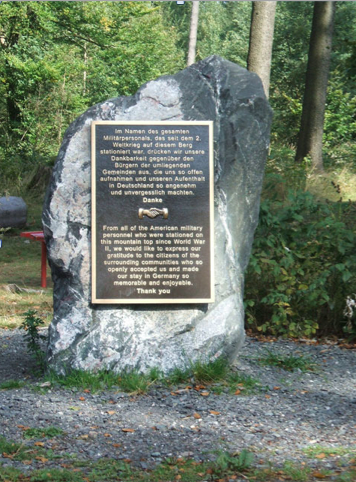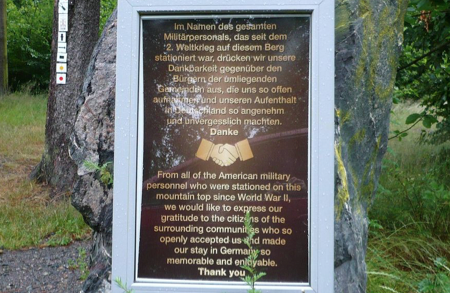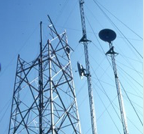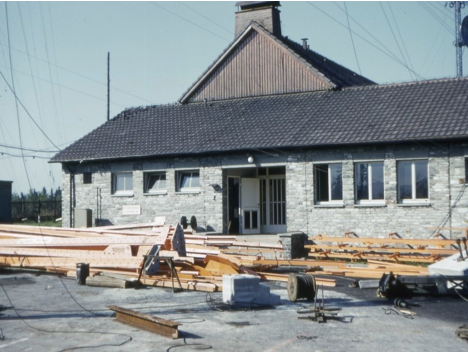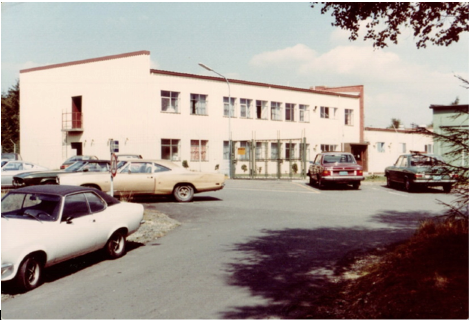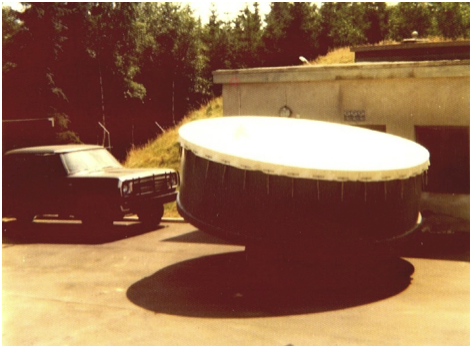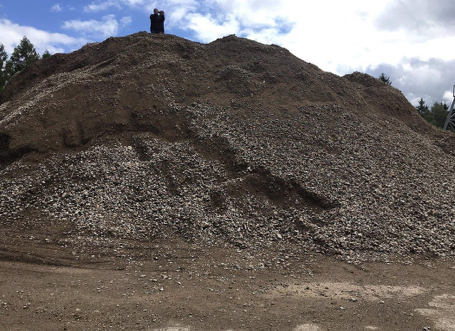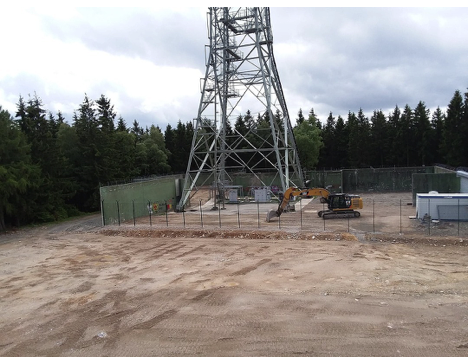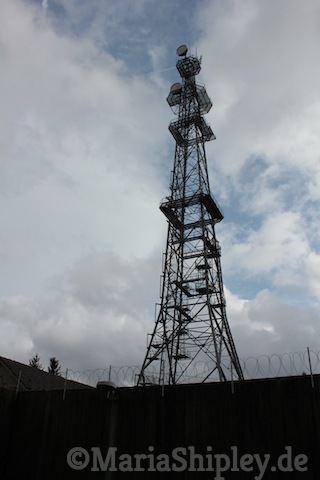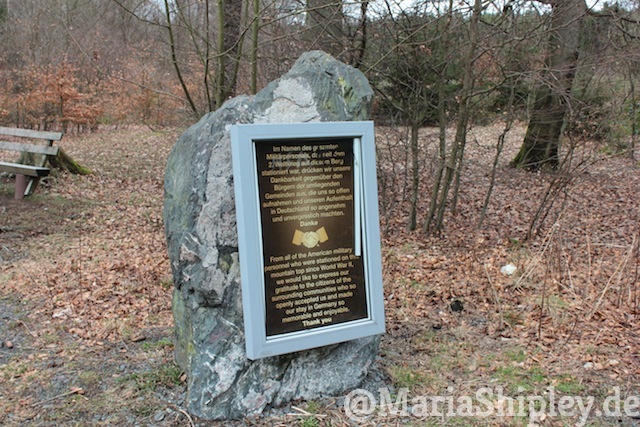It is always a pleasure to share photos and information with like-minded readers. One of them, Larry Tisch, contributed the following photos and some bits about his life near the Tech Control Center at the Feldberg, Taunus Mountains, in Germany.
“The first photo shows the entrance of the Tech Control Center, and the second one was taken inside. I was stationed there from February, 1969 through May, 1972.”
“I loved it and had a great time. I also made many German friends. They have been here to visit us, and we have been there to visit them several times.
When I first arrived I stayed at the Forsthaus Cafe until I found an apartment, which was on the upper floor of a private home in Arnoldshain. In 1969, the Mark was a quarter ($1.00 = 4.06 DM) and a Bier was 50 Pfennig.”
Thanks, Larry!
